Increased Consumer Awareness
Consumer awareness regarding the importance of product authenticity is on the rise, significantly impacting the Authentication Brand Protection Market. As consumers become more educated about the risks associated with counterfeit products, they are increasingly demanding assurance of authenticity from brands. This shift in consumer behavior is prompting companies to adopt advanced authentication technologies to meet these expectations. Surveys indicate that over 70% of consumers are willing to pay a premium for products that guarantee authenticity. This growing demand for transparency and trust is likely to propel the market forward, as brands recognize the necessity of investing in robust authentication solutions to enhance customer loyalty and satisfaction.
Rising Incidence of Counterfeiting
The Authentication Brand Protection Market is significantly influenced by the rising incidence of counterfeiting across various sectors, including luxury goods, pharmaceuticals, and electronics. As counterfeit products become more sophisticated, brands face substantial financial losses and reputational damage. According to estimates, the global economic impact of counterfeiting could reach over 4 trillion dollars annually. This alarming trend compels companies to invest in authentication solutions to safeguard their products and maintain consumer confidence. Consequently, the demand for effective brand protection strategies is expected to escalate, driving growth in the authentication market as businesses seek to implement comprehensive anti-counterfeiting measures.
Regulatory Compliance and Standards
The Authentication Brand Protection Market is also shaped by the increasing regulatory compliance requirements imposed on businesses. Governments and regulatory bodies are implementing stringent standards to combat counterfeiting and protect consumers. For example, regulations in sectors such as pharmaceuticals and food safety mandate the use of authentication measures to ensure product integrity. Companies that fail to comply with these regulations risk facing legal repercussions and financial penalties. As a result, the need for effective authentication solutions is becoming more critical, driving growth in the market as businesses strive to adhere to compliance standards while protecting their brand reputation.
Technological Innovations in Authentication
The Authentication Brand Protection Market is experiencing a surge in technological innovations that enhance the security and reliability of authentication processes. Advanced technologies such as blockchain, artificial intelligence, and machine learning are being integrated into authentication systems, providing robust solutions against counterfeiting and fraud. For instance, the implementation of blockchain technology allows for immutable records of product provenance, which is crucial for verifying authenticity. As businesses increasingly adopt these technologies, the market is projected to grow at a compound annual growth rate of approximately 15% over the next five years. This growth is driven by the need for more sophisticated security measures to protect brand integrity and consumer trust.
E-commerce Growth and Digital Transformation
The rapid growth of e-commerce and digital transformation is a key driver of the Authentication Brand Protection Market. As online shopping becomes increasingly prevalent, the risk of counterfeit products being sold through digital channels rises correspondingly. E-commerce platforms are under pressure to implement robust authentication measures to protect consumers and maintain trust. The market for authentication solutions is projected to expand as businesses seek to secure their online transactions and ensure product authenticity. With e-commerce sales expected to surpass 6 trillion dollars by 2024, the demand for effective brand protection strategies in the digital realm is likely to intensify, further fueling market growth.


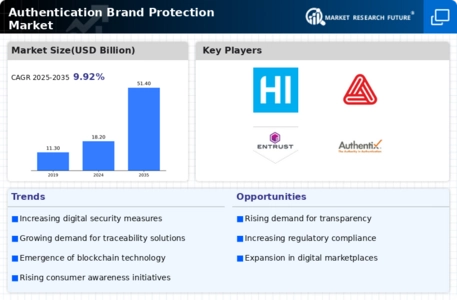
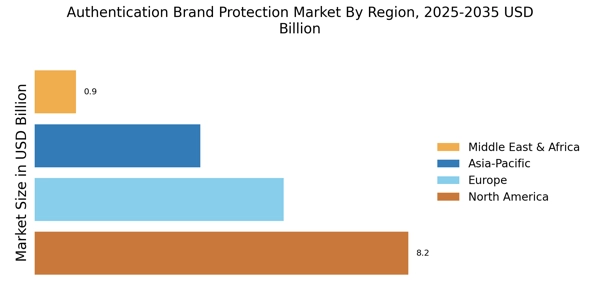

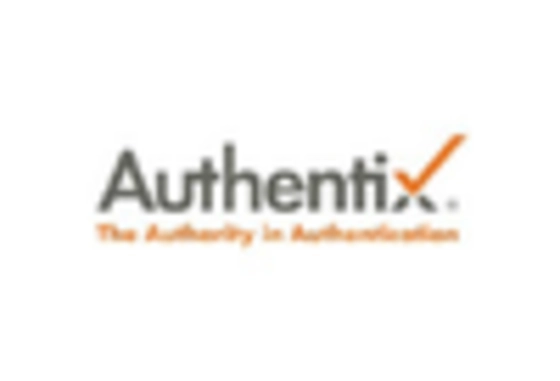
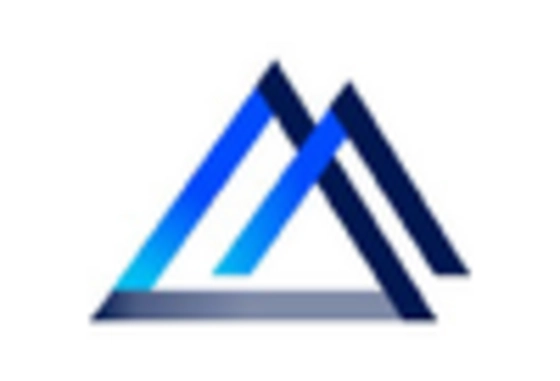
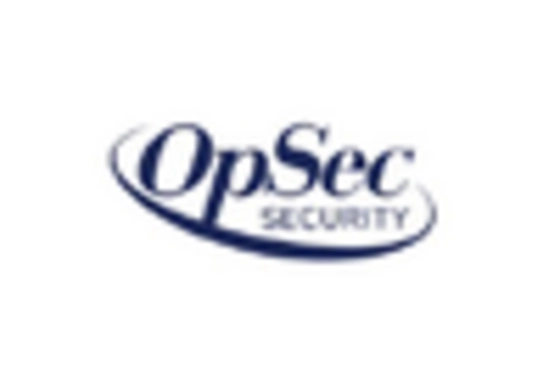
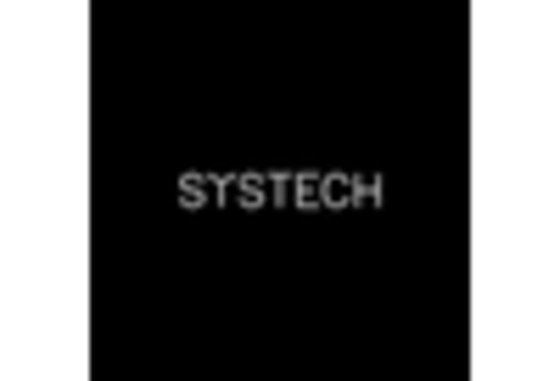









Leave a Comment